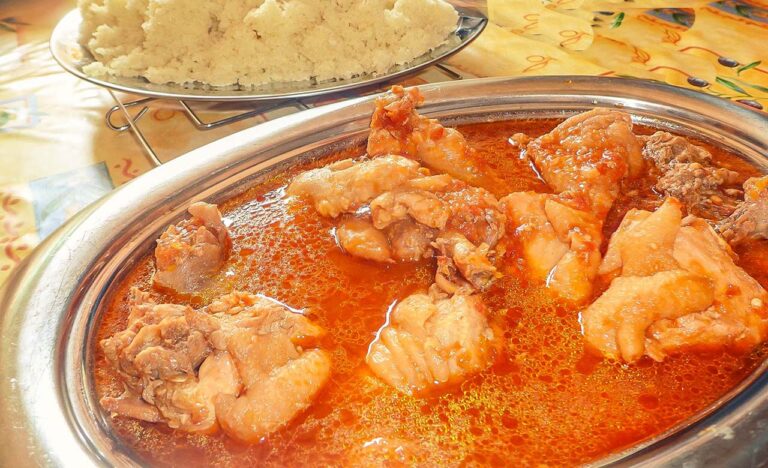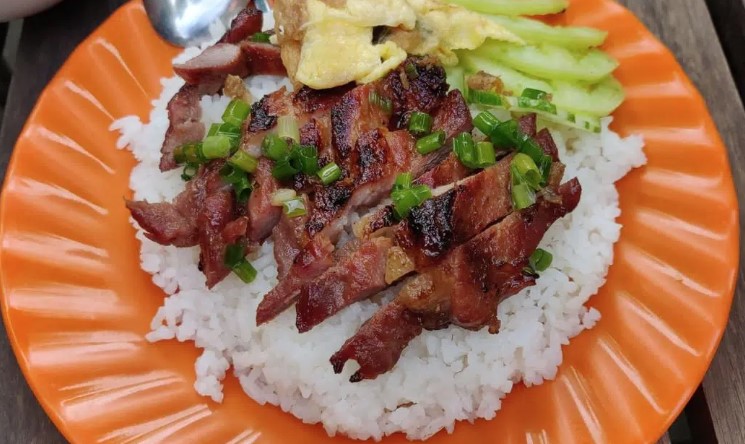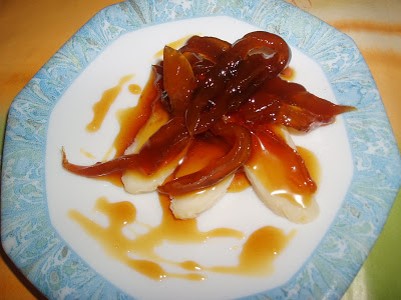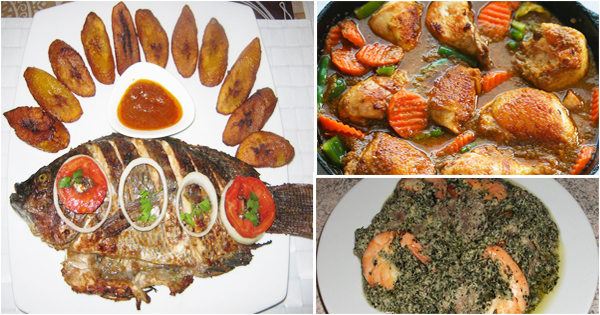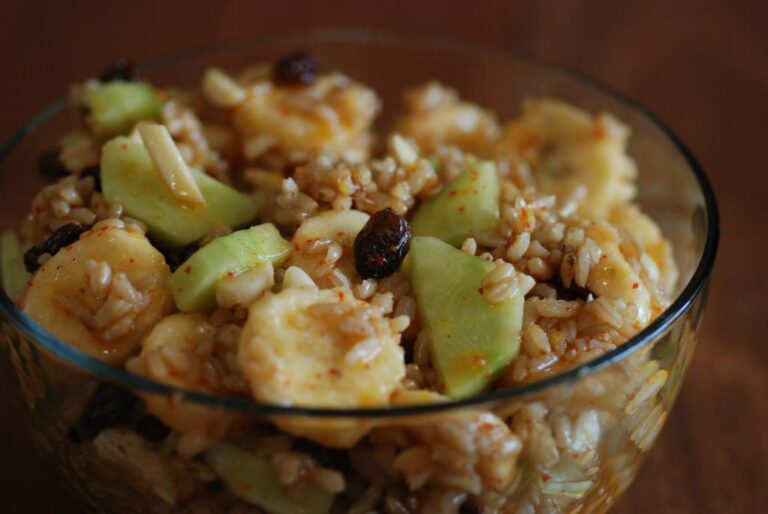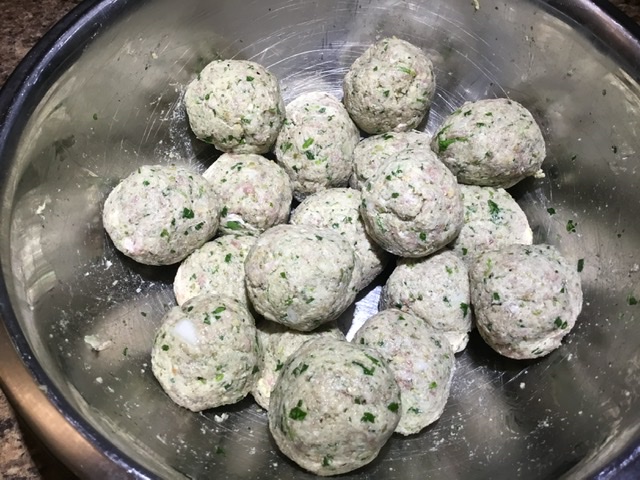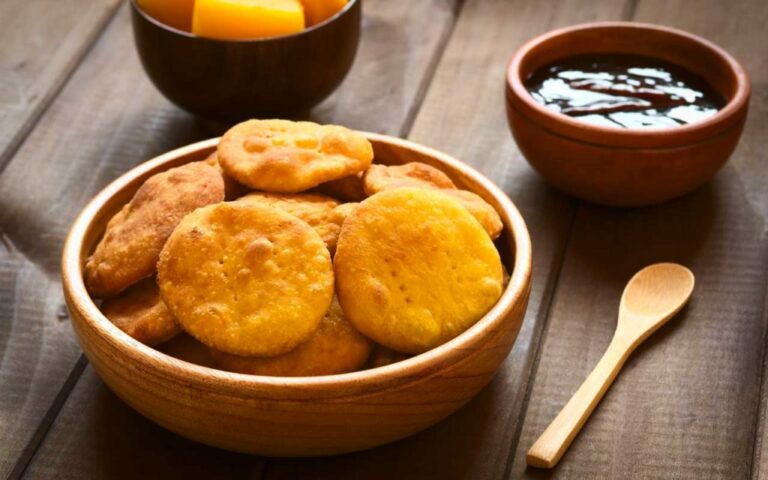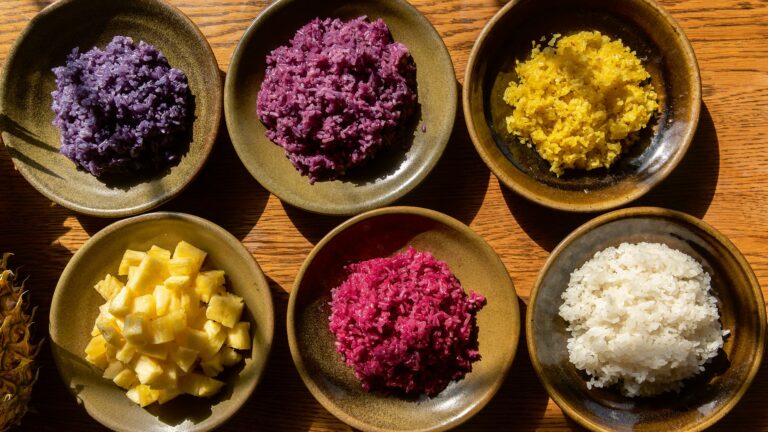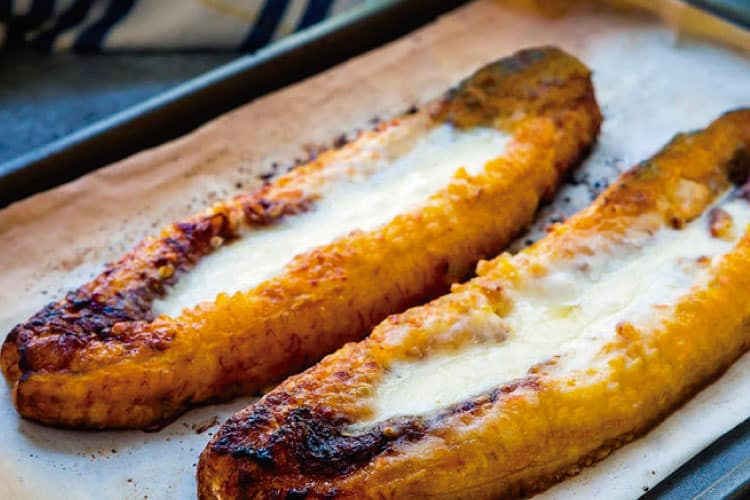Introduction: Côte d’Ivoire cuisine
Côte d’Ivoire, also known as Ivory Coast, is a country located in West Africa. The country is known for its rich culture, music, and cuisine. Côte d’Ivoire cuisine is an eclectic mix of African, French, and Portuguese influences. It features a variety of dishes that are rich in flavor and spices.
Côte d’Ivoire cuisine is typically characterized by its use of various herbs and spices. The cuisine is known for its bold flavors, and it is often spiced to perfection. The country’s cuisine is diverse, and there are many regional variations. However, one thing that remains constant is the use of spices.
The use of spices in Côte d’Ivoire cuisine
Spices are an integral part of Côte d’Ivoire cuisine. They are used to add depth of flavor and complexity to dishes. Côte d’Ivoire cuisine typically uses a mix of sweet, savory, and spicy flavors. Spices are used to balance out these flavors and create a harmonious taste.
Common spices used in Côte d’Ivoire cuisine
Some of the common spices used in Côte d’Ivoire cuisine include ginger, garlic, thyme, basil, and parsley. Other common spices include cinnamon, nutmeg, black pepper, and cumin. These spices are used in various combinations to create unique flavors.
Spicy dishes in Côte d’Ivoire cuisine
Côte d’Ivoire cuisine is known for its spicy dishes. One of the most popular spicy dishes is the Attiéké, which is a traditional dish made from grated cassava. The dish is typically served with a spicy tomato sauce and grilled fish. Another popular spicy dish is the Kedjenou, which is a slow-cooked chicken dish that is spiced with chili peppers and other herbs.
Regional variations in Côte d’Ivoire cuisine spiciness
The spiciness of Côte d’Ivoire cuisine varies depending on the region. The cuisine in the northern part of the country is typically spicier than the cuisine in the southern part of the country. This is because the northern region has a hotter climate, which allows for the growth of hotter chili peppers.
The heat level in Côte d’Ivoire cuisine
Côte d’Ivoire cuisine is known for its bold and spicy flavors. However, the heat level can vary depending on the dish and the region. Some dishes are mild, while others are extremely spicy. It is important to note that the heat level is not the only factor that determines the flavor of the dish.
How to adjust the spice level in Côte d’Ivoire dishes
If you are not used to spicy food, you can adjust the spice level in Côte d’Ivoire dishes by reducing the amount of chili peppers used. You can also add yogurt or coconut milk to the dish to help reduce the heat level. However, it is important to note that reducing the spice level may alter the flavor of the dish.
Conclusion: Is Côte d’Ivoire cuisine spicy?
In conclusion, Côte d’Ivoire cuisine is known for its bold, spicy flavors. The cuisine features a mix of sweet, savory, and spicy flavors that are balanced out by a variety of herbs and spices. While the spiciness of Côte d’Ivoire cuisine varies by region and dish, it is an integral part of the country’s rich culinary heritage. Whether you are a spice lover or a spice novice, there is something for everyone in Côte d’Ivoire cuisine.

